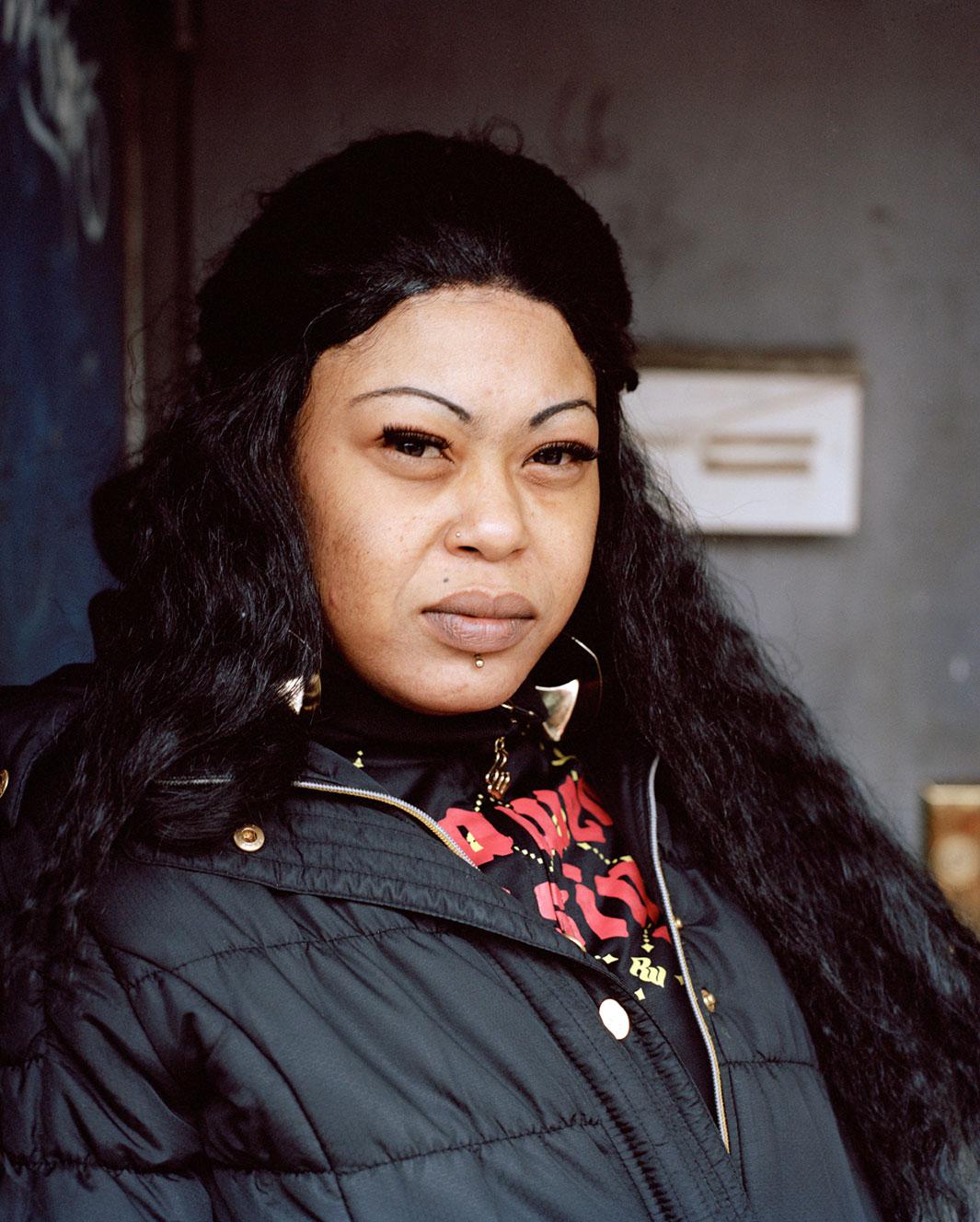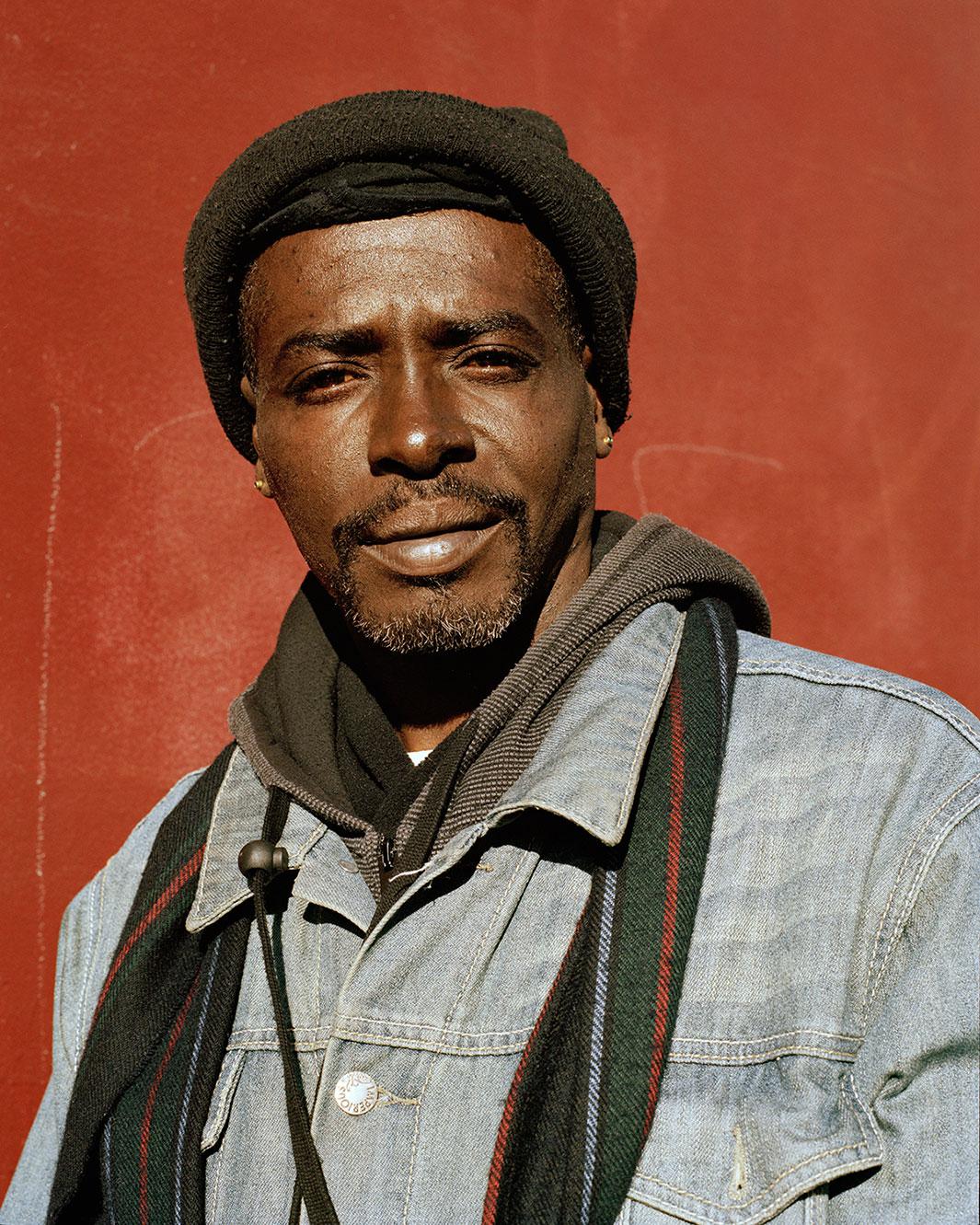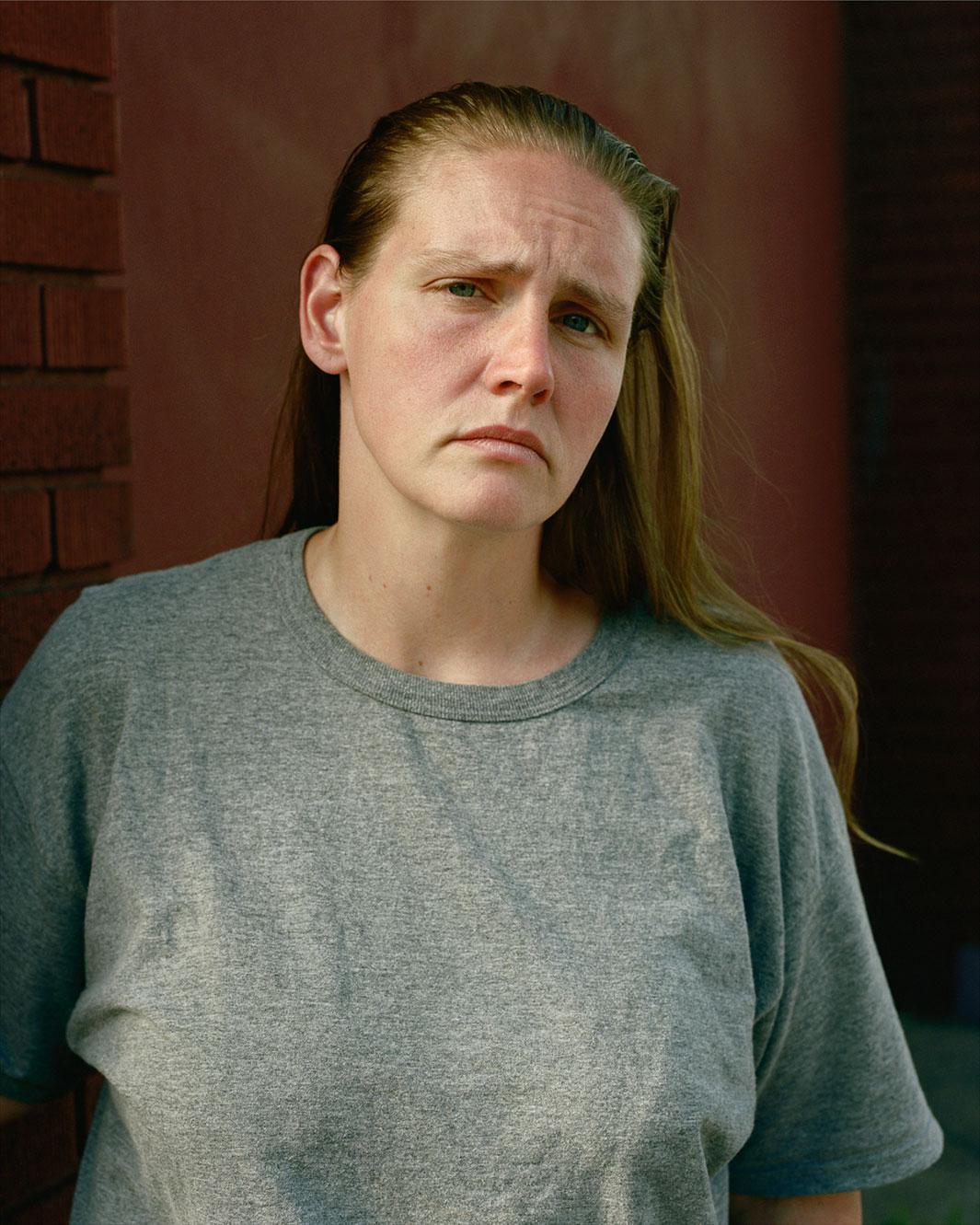When Tema Stauffer first drove through Paterson, New Jersey, in 2009, the city resonated with her immediately. She had recently returned from Binghamton, New York, and wanted to continue shooting portraits that she said explored “the experiences of Americans during a time of profound social and economic struggle.”
Stauffer describes Paterson as a “striking and soulful mix of beauty and hardship,” noting its historical significance as the first planned industrial city in America. It’s a city that had a booming silk manufacturing industry and today has preserved much of its original architecture. In the late 20th century and early 21st century, the economic downturn resulted in high unemployment rates and an increase in homelessness.
“Paterson’s population is remarkably diverse,” Stauffer added. “Including those who came for factory jobs as well as more recent immigrants. It was the visible challenges of its residents and their racial and ethnic diversity that spoke to me or a broader social and economic reality in post-industrial cities across America.”

Tema Stauffer

Tema Stauffer

Tema Stauffer
For five years, Stauffer walked around Paterson approaching hundreds of strangers on the streets, asking them if she could take their portraits. A selection of those images, titled “Paterson,” is on view at Sasha Wolf Gallery in New York City until Oct. 25.
“Those who were interested in being photographed often opened up to me in significant ways and shared a lot about their lives. As many photographers who make pictures of people will tell you, there is a unique and powerful sense of intimacy during the experience of creating portraits, one that I think is felt both by the photographer and by the person who is being photographed.”

Tema Stauffer

Tema Stauffer
She photographed people in the spot she met them, using natural light and framing the images to emphasize their faces and emotions instead of their surroundings. Over the course of the years she worked on the series, she photographed a few people more than once as she got to know them better.
“I wanted the photographs to portray these individuals as realistically and authentically as I could within the context of the urban environment and everyday life,” she wrote. “The collaborative aspect of this process is first about people’s willingness to be photographed and also about how they expressed themselves in these pictures. None of these portraits would exist without the participation of those portrayed.”
Including a mix of age, gender, and race was important for Stauffer.
“My own experiences as a gay person have deeply influenced my perception of, and empathy for, what it means to be different in America. Searching for an understanding of and compassion for social differences and human struggles is the crux of what motivated the project.”

Tema Stauffer

Tema Stauffer
